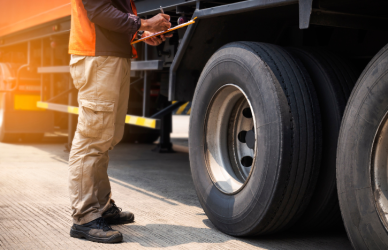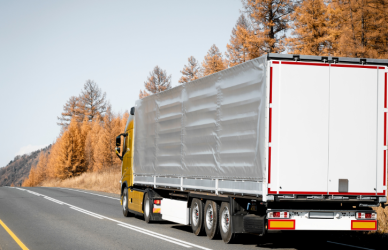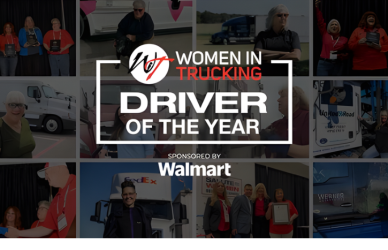The rapid growth of e-commerce has had a profound impact on the trucking industry. With the rise of online shopping, consumer purchasing patterns have shifted, and this has led to changes in the way that goods are transported and delivered. In this article, we’ll look at the various ways in which consumer purchasing patterns in e-commerce affect the trucking industry.
The rise of e-commerce and changing consumer habits:
The e-commerce industry has seen rapid growth in recent years, with more and more consumers turning to online shopping for their everyday needs. This shift in consumer habits has been driven by several factors, including convenience, affordability, and access to a wider range of products. Some of these trends were accelerated when COVID-19 lock-downs were implemented and simply haven’t gone back to their pre-COVID levels. As a result, traditional brick-and-mortar stores have had to adapt, and many have started to offer their products online as well.
The impact of e-commerce on the trucking industry:
With the rise of e-commerce, the trucking industry has seen a surge in demand for transportation services. That’s right, when the world stopped moving for most folks, truckers were still out there moving goods. The increased volume of goods being shipped has led to a higher demand for truck drivers and increased competition among carriers. E-commerce has also led to changes in the types of goods being transported, with a wider variety of items being shipped – including some very bulky pieces! This has had an impact on the types of vehicles and equipment being used by carriers.
Supply chain management in e-commerce:
E-commerce has also had a significant impact on supply chain management. With the rise of online shopping, retailers have had to adapt their supply chain strategies to ensure that they can fulfill orders quickly and efficiently. This has led to the development of new technologies and logistics solutions that help retailers manage their inventory and streamline their order fulfillment processes.
The last mile delivery challenge:
One of the biggest challenges facing the trucking industry in the e-commerce era is the last mile delivery challenge. Last mile delivery refers to the final leg of the delivery process, from the distribution center to the customer’s doorstep. This is often the most expensive and time-consuming part of the delivery process, and it can be difficult for carriers to find cost-effective and efficient ways to manage it.
The future of e-commerce and the trucking industry:
Looking ahead, it’s clear that e-commerce will continue to have a significant impact on the trucking industry. As the industry evolves, carriers will need to adapt their operations and strategies to meet the changing demands of retailers and consumers. New technologies, such as automation and autonomous vehicles, may also play a role in shaping the future of the industry.
Consumer purchasing patterns in e-commerce have had a profound impact on the trucking industry. The rise of online shopping has led to increased demand for transportation services, changes in the types of goods being transported, and new challenges in supply chain management and last mile delivery. As the e-commerce industry continues to evolve, carriers will need to adapt their operations and strategies to stay competitive and meet the changing demands of retailers and consumers.











